Seizure freedom is the best single predictor of functional outcome

By Ahsan N.V. Moosa, MD; Ajay Gupta, MD; and William Bingaman, MD
Cleveland Clinic is a non-profit academic medical center. Advertising on our site helps support our mission. We do not endorse non-Cleveland Clinic products or services. Policy
Cleveland Clinic’s Epilepsy Center has one of the world’s largest experience bases in hemispherectomy for medically refractory epilepsy in children. We recently published the largest single-center experience on seizure outcome after hemispherectomy and followed that with a report on the functional status of these children at a mean follow-up of six years after surgery. We share here some of the findings and implications of our functional analysis.
Hemispherectomy — which involves removal of one hemisphere or, more commonly, disconnection of the hemisphere from the rest of the brain — is an effective treatment option for medically refractory epilepsy due to extensive hemispheric lesions. In our recent study on longitudinal outcomes after hemispherectomy in 170 children, two-thirds of patients were seizure-free at a median follow-up of 5.3 years. Moreover, 80 percent of children in the study either were seizure-free or had major improvement at last follow-up.
Apart from seizure outcome, the functional status of these children is a matter of great concern to clinicians and to patients and their families. Before surgery, almost all patients have hemiparesis (with no useful hand function) with or without visual, cognitive or language deficits. Some of these deficits may be expected to worsen in the acute postoperative period.
We studied the long-term effect of these deficits on children’s ability to ambulate, speak, read and perform at school, and we recently published our findings. Between 1997 and 2009, 186 patients underwent hemispherectomy at Cleveland Clinic. We were able to collect data on the most recent functional status in 125 patients. Seizure outcomes of these patients at a mean follow-up of six years are shown in Figure 1. Ten patients with new postoperative nonepileptic spells were excluded from analysis.
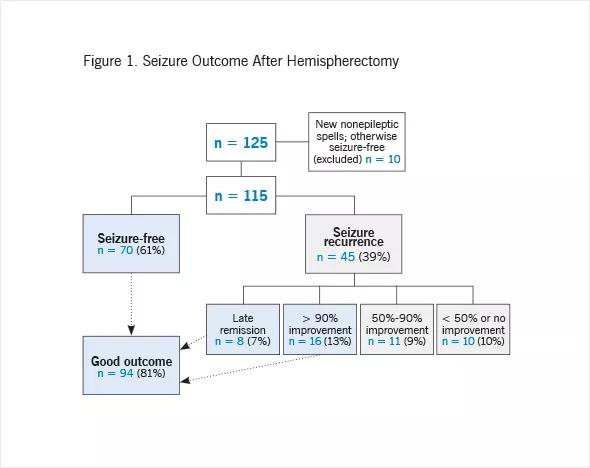
Figure 1. Long-term seizure outcome after hemispherectomy in 125 patients. Mean follow-up duration was 6.05 years (± 3.1).
In our cohort of 115 children, 92 percent were able to walk independently or with assistance (Figure 2). Of the remaining nine patients, five were between 2 and 5 years old, with the potential to eventually attain independent ambulation.
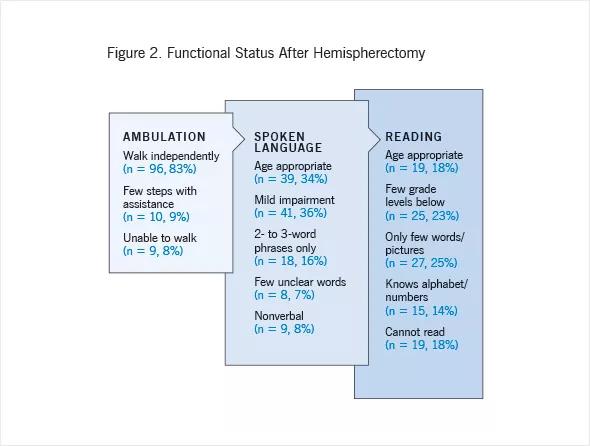
Figure 2. Post-hemispherectomy functional status of children in ambulation (n = 115), spoken language skills (n = 115) and reading (n = 105). Mean age at follow-up was 12.7 years (± 6.02). For reading ability assessment, children younger than 6 years were excluded from the analysis.
Children with bilateral motor deficits (worse on the side concordant with surgery), bilateral MRI abnormalities (markedly worse on the side of surgery) or seizure recurrence were more likely to have poor motor outcomes.
When asked about the strength of arms and legs before and after surgery, 54 percent reported no change and 36.5 percent reported worsening of limb strength postoperatively; a small subgroup of patients (9.5 percent) reported subjective improvement in strength, consistent with previous studies. Decreased spasticity in some patients after hemispherectomy is a common reason for the perceived improvement.
Spoken language skills and reading ability outcomes are shown in Figure 2. More than two-thirds of children had spoken language skills sufficient for regular conversation, and nearly half of these children had age-appropriate language abilities. Preoperative language delay, bilateral MRI abnormalities and seizure recurrence were associated with poor language outcomes. Age at seizure onset and left-sided surgery had no significant impact on language outcomes in this cohort.
Reading abilities were poor in 59 percent of children, and only 18 percent had age-appropriate reading ability. Two-thirds of patients were in mainstream schools, with the majority requiring some form of additional assistance; only five children were in mainstream schools with no assistance.
Based on parental report, 73 percent of patients had minimal to no behavioral problems. The rest had significant problems in home and school environments. Children with postoperative seizure recurrence were more likely to have behavioral problems.
Although visual field defect is expected to be present in every patient, families did not perceive it as a major handicap. Patients were accustomed to the defect and were able to take precautions to avoid major mishaps.
Seizure freedom emerged as the single most important predictor of functional outcome. Seizure freedom improved the odds of good outcomes in ambulation, behavior, spoken language and reading skills (Figure 3). There are several possible reasons for this effect:
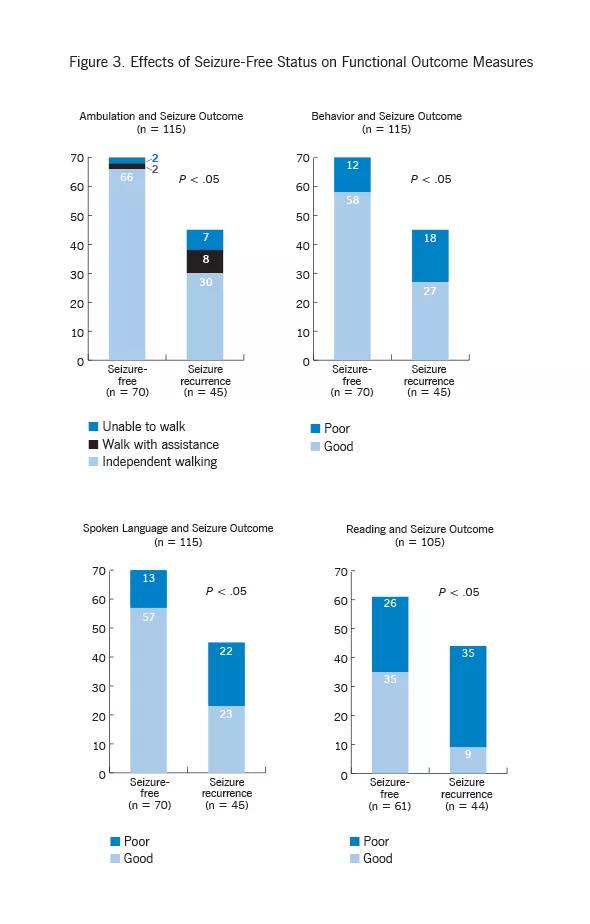
Figure 3. Data illustrate positive effects of seizure-free status on functional outcome measures following hemispherectomy. Numbers along the y-axes indicate number of patients.
This observation may suggest that hemispherectomy improves functional outcomes by providing seizure freedom. However, our study did not have a control group to definitively support such a conclusion.
In the past 15 years, more than 230 hemispheric disconnection surgeries have been performed at Cleveland Clinic. We perform four different techniques/variations in hemispherectomy, which are tailored according to patient characteristics to maximize chances for the best seizure outcome and minimize complications. Our youngest patient to undergo hemispherectomy was 2 months and 10 days old, weighing 5 kg.
Our continued efforts are focused on making this procedure safe and effective for these children with catastrophic epilepsy.
Dr. Moosa is a pediatric epilepsy staff physician in the Epilepsy Center.
Dr. Gupta is Head of the Section of Pediatric Epilepsy in the Epilepsy Center.
Dr. Bingaman is Vice Chairman for Clinical Areas in the NeurologicalInstitute and Head of the Section of Epilepsy Surgery.
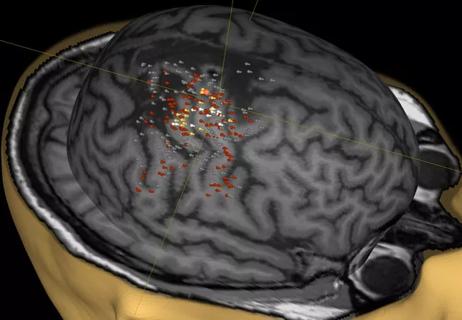
A noninvasive approach to map eloquent areas before surgery
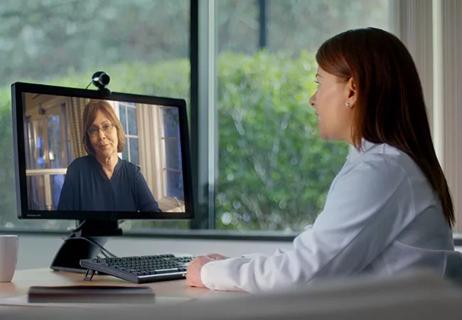
Physician reimbursement policy experts join forces with IT and coders to enable digital transformation
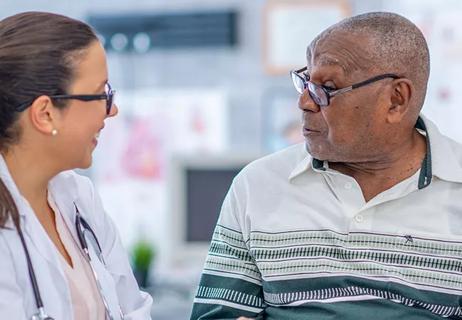
Minority Stroke Program focuses on outreach to racial and ethnic minority communities
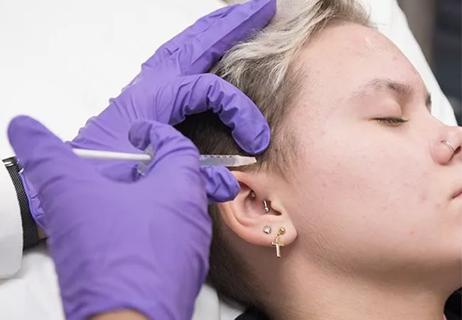
Excellent response seen with ongoing use in patients as young as 11

Q&A with a psychiatrist in Cleveland Clinic’s Transgender Surgery and Medicine Program

Time constraints, language barriers, substance misuse, mood disorders targeted for improvements
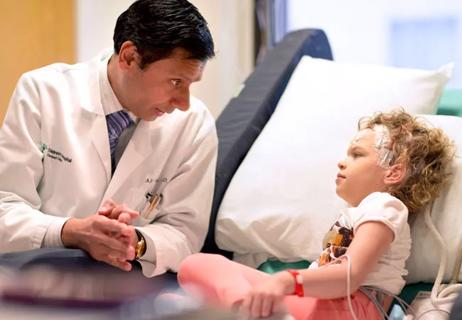
Project draws $1.6M to leverage telemedicine to create medical home, ease transition to adult care
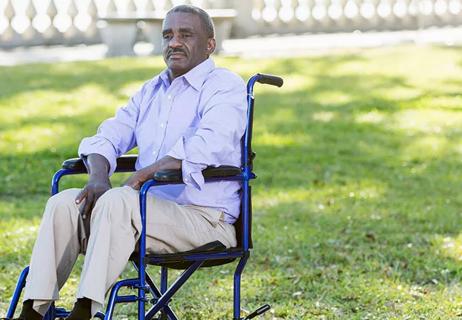
Comorbid depression is only one of the likely warning signs